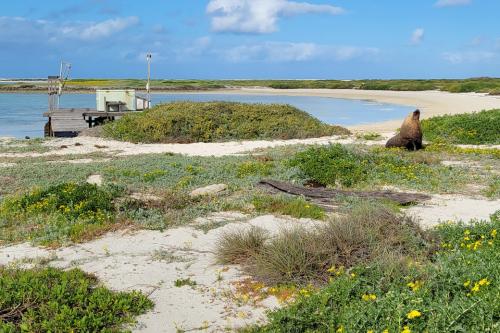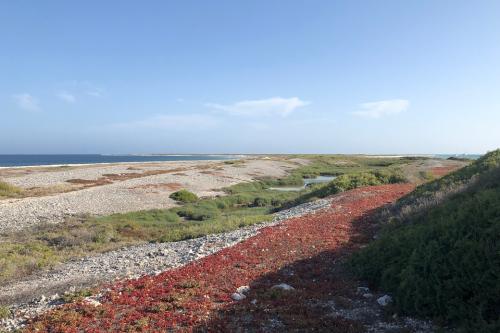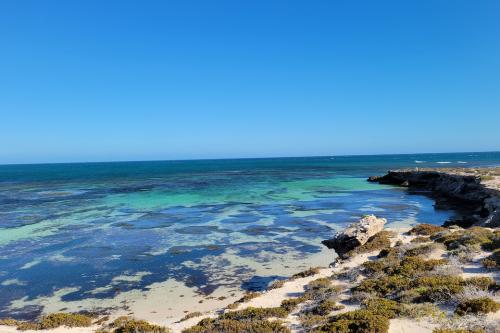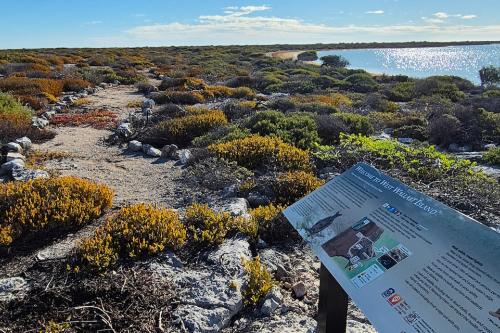About this park
Set your course to The Abrolhos, where 210 islands are waiting to be explored. This marine archipelago lies 60 to 80km off the mid-west coast of Western Australia.
Visitors are welcome for day trips in the national park and private tours are available too but camping is not permitted. Many of the islands are difficult to access due to the surrounding shallow waters and reefs.
Swim and dive in the clear waters of the islands. With so much to see, you won’t want to get out of the water! The Abrolhos are renowned for spectacular underwater landscapes. You’ll be enchanted by the magnificent coral gardens, colourful fish, anemones and seagrass meadows.
Why not catch a fish for supper? Responsible fishing is permitted. Check the Fisheries Abrolhos Recreational Fishing Regulations for daily bag limits, legal sizes and other regulations that apply. Alternatively, book a privately operated fishing charter.
The park is steeped in maritime history. Shipwrecks at the Abrolhos are the earliest European archaeological sites in Australia. The most famous wreck is the Batavia which hit a reef in the Wallabi Group in 1629. Many books have been written about the Batavia survivors, the mutiny and the massacre. There are 19 other known shipwrecks at the Abrolhos and many more that are still undiscovered. You can learn more by visiting the WA Shipwrecks Museum at Fremantle and the Museum of Geraldton. Private operators offer historical tours by scenic flight and charter boat.
Give yourself time to appreciate the incredible birdlife here. The Abrolhos is one of the largest seabird breeding areas. Most of the islands have important nesting and breeding sites. They’re a haven to vulnerable and endangered shorebirds and migratory waders, including several critically endangered species. The park is home to the curlew sandpiper, great knot, Eastern curlew and bar-tailed godwit.
Nature lovers will enjoy the diversity of wildlife that inhabit the park. Australian sea lions are some of the star inhabitants. The Abrolhos is their northern breeding limit. You may be lucky and spot some of the reptiles and birds that are found nowhere else. These include the Abrolhos Painted button quail, the dwarf bearded dragon and Stokes’ spiny tailed skink.
The islands’ vegetation is similar to that on the nearby coast. There are also some special conservation habitats, including mangroves, saltbush flats and dwarf Atriplex shrubland.
The Abrolhos islands are clustered into three main groups - Wallabi, Easter and Pelsaert.
Wallabi Group
East Wallabi
Accessible by boat and aircraft, Turtle Bay is a pristine beach ideal for walking, swimming and snorkelling. There is a walk trail and lots of coastline to explore. Look out for tammar wallabies, carpet pythons and the Abrolhos painted button quail.
Beacon Island
This is the main occupation and massacre site associated with the Batavia shipwreck. Beacon Island provides a great vantage point for understanding the events that occurred over three months following Batavia's wrecking.
West Wallabi
This is the largest island in the Abrolhos and relics of the forts built by soldiers from the Batavia can be seen but access to its eastern shoreline is difficult due to the surrounding shallow waters and reef.
Tammar wallabies and carpet pythons are often seen, and this island supports the largest colonies of wedge-tailed shearwaters at the Abrolhos.
Long Island
Mutineers on the Batavia were imprisoned and sent to the gallows on this island. It is composed of coral rubble with a series of tidal ponds and colonies of breeding birds including roseate terns.
Easter Group
Wooded Island
Mangroves around a large lagoon provide breeding habitat for lesser noddies, bridled and sooty terns, little shearwaters and the largest pied cormorant colony at the Abrolhos.
Morley Island
This island supports the largest colony of white-faced storm petrels at the Abrolhos as well as large colonies of fairy and roseate terns and populations of lesser noddies, bridled and sooty terns and little shearwaters. Sea lions can often be seen here.
Leo Island
The large lagoon is home to a giant cod that often appears when visitors arrive and is a swimming pool for newly born sea lions. Leo Island also has one of the largest Caspian tern colonies in Western Australia.
Pelseart Group
Pelsaert Island
Thirteen species of seabird breed regularly across the whole island, including the largest colonies of lesser noddies, sooty terns and brown noddies at the Abrolhos. Visitors should avoid this island during the peak nesting season from mid-August to late January. Roseate terns breed on the island’s perimeter so take care not to disturb them.
Mangrove forests and the sand in the southern four kilometres of this island provide habitat for nesting and burrowing seabirds. Please avoid these areas.
Look out for the stone jetty and shelter at the Guano Jetty in the south. These are the remains of an industry that flourished from 1847-1946. The island was also used by survivors of the Zeewijk shipwreck (1727).
Gun Island
Survivors of the Zeewijk shipwreck made a camp here. They built a new ship from the remains of the wreck and timber collected from mangroves on nearby islands. A large guano mining settlement occupied this island in the late 1800s. Artefacts such as occupation sites, quarries and tramline foundations can still be seen. Large colonies of bridled terns and wedge-tailed shearwaters nest here from October-March.
Safety information
Plan when to visit. Read this safety information about bushwalking, swimming, snorkelling and diving. Consider travelling with a personal location beacon (PLB). In the event you need to be rescued it could save your life!
Gallery

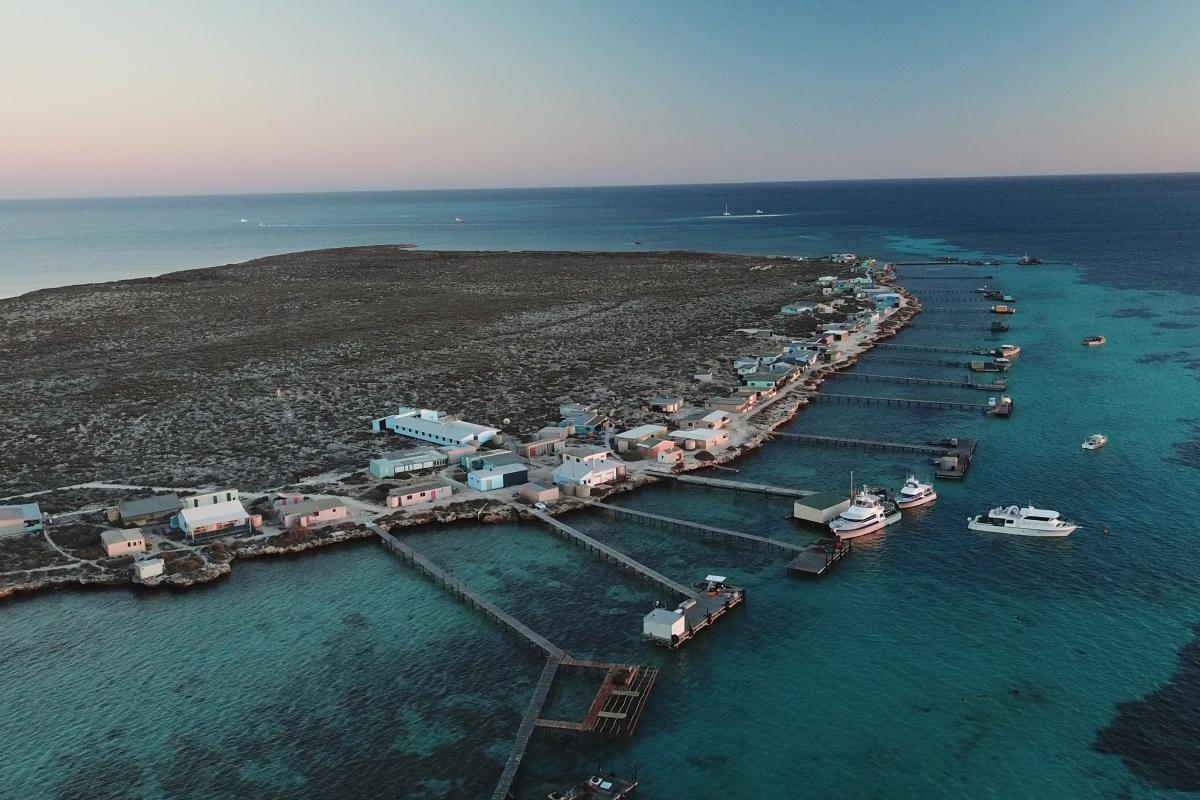
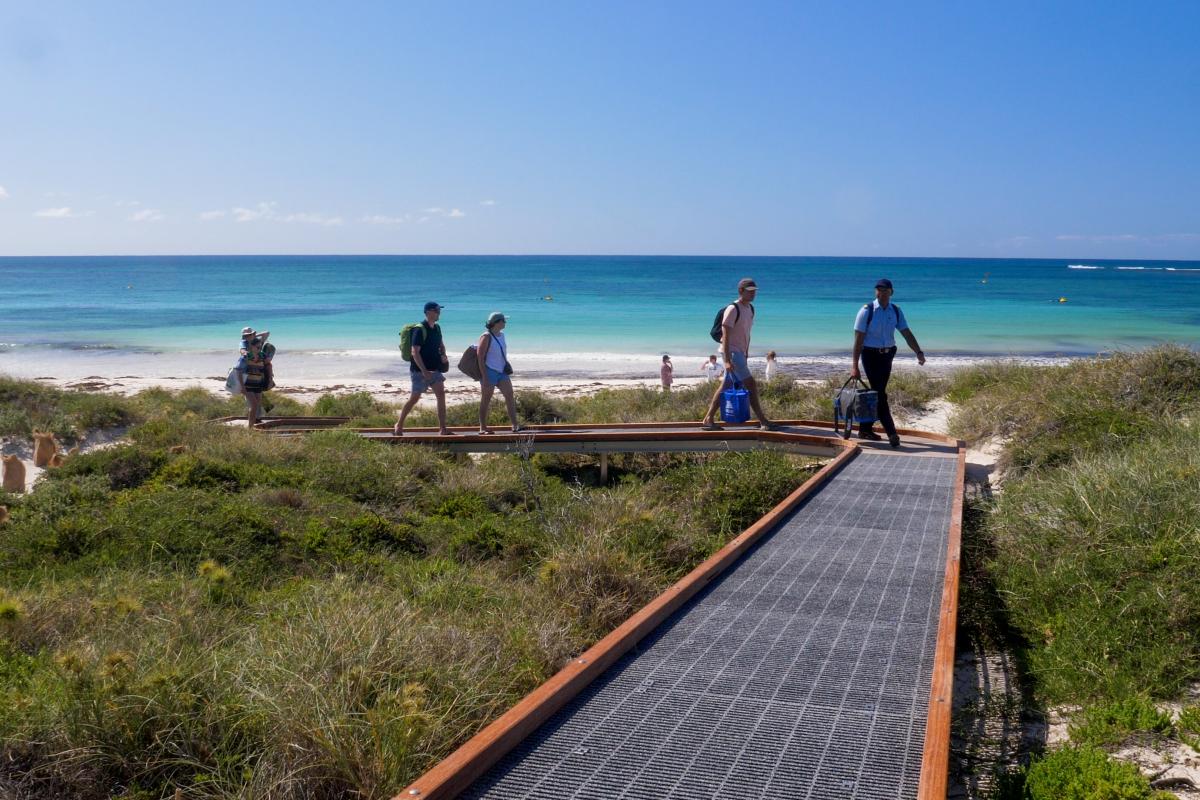
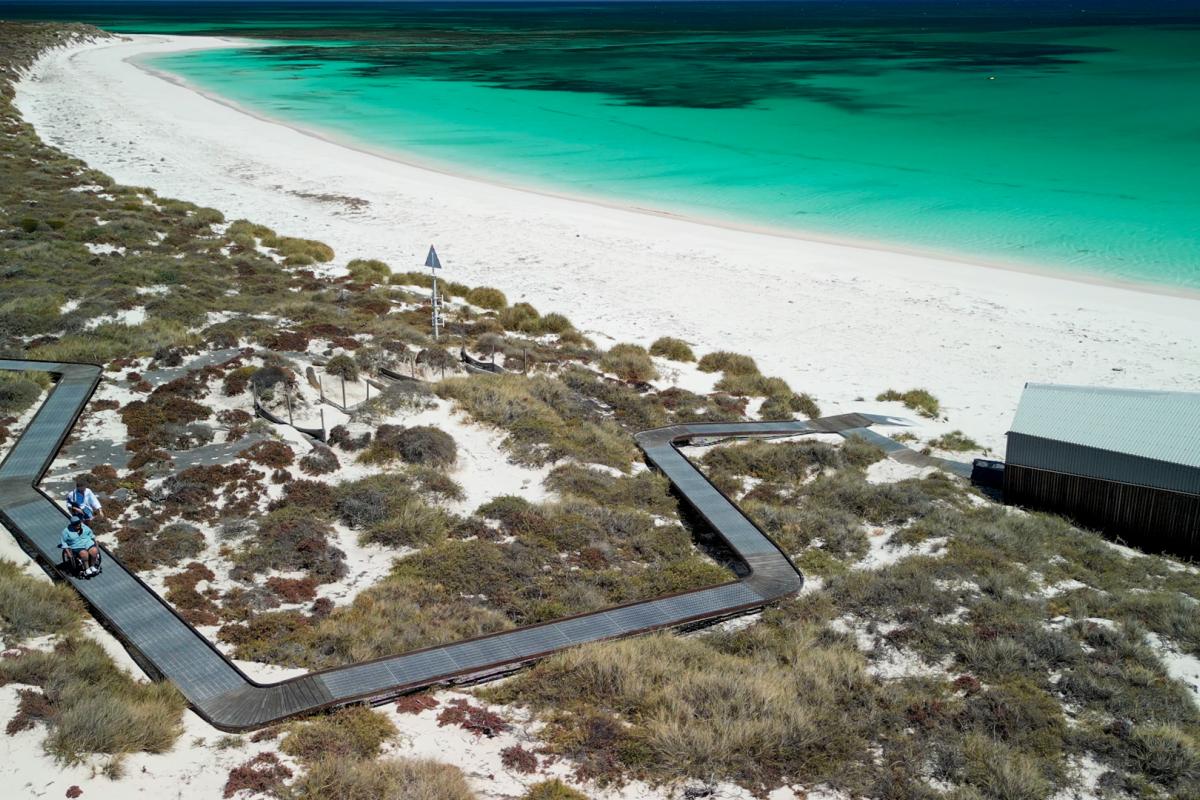
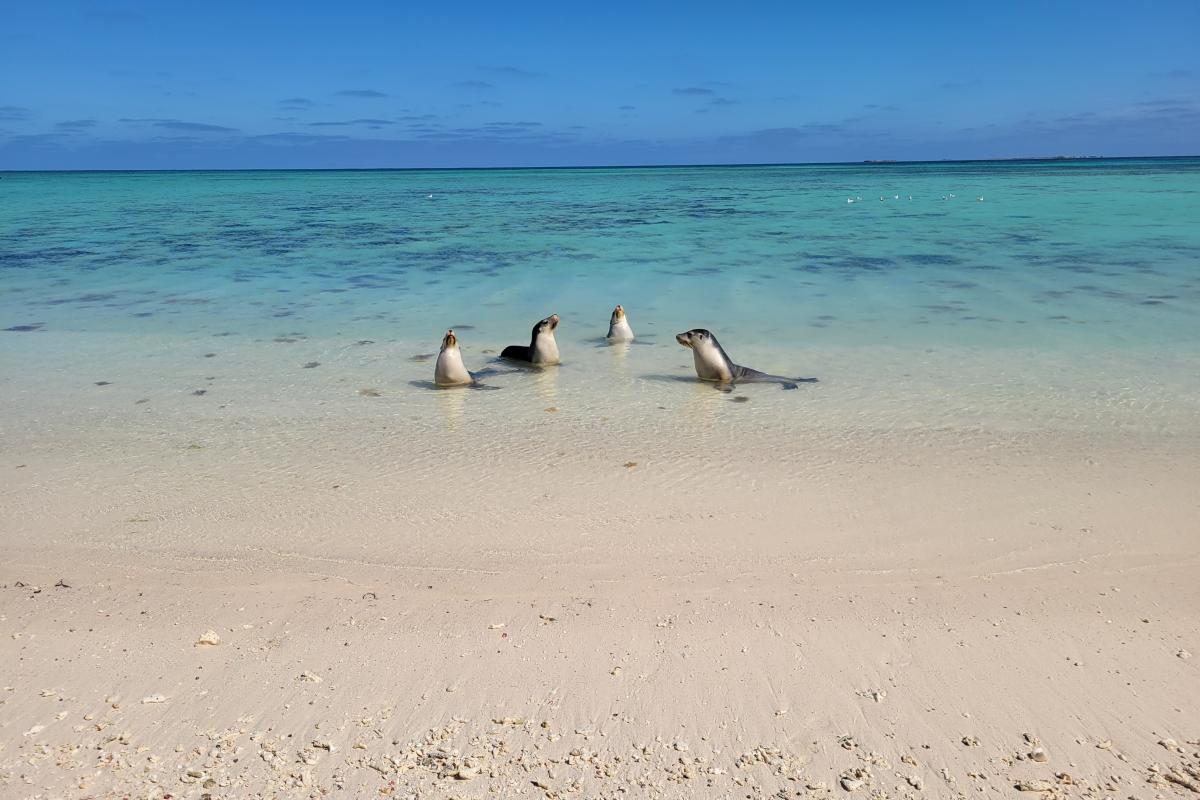
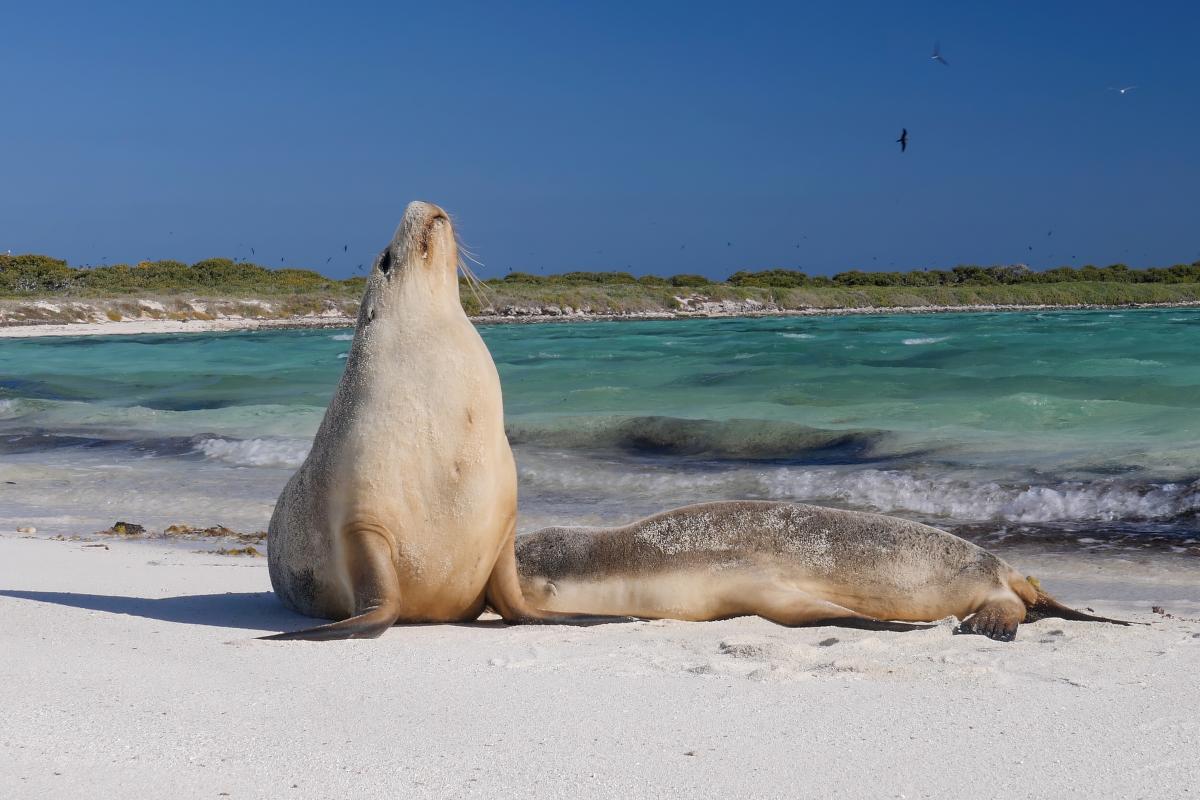
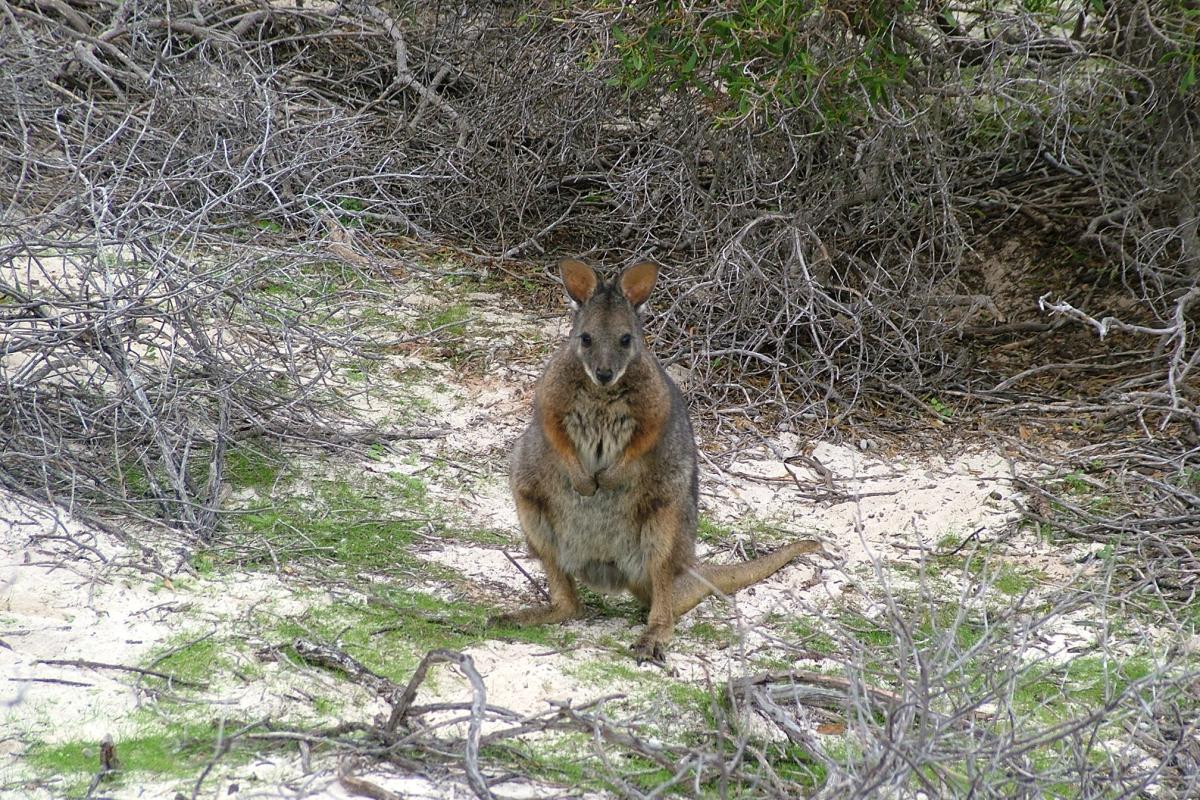
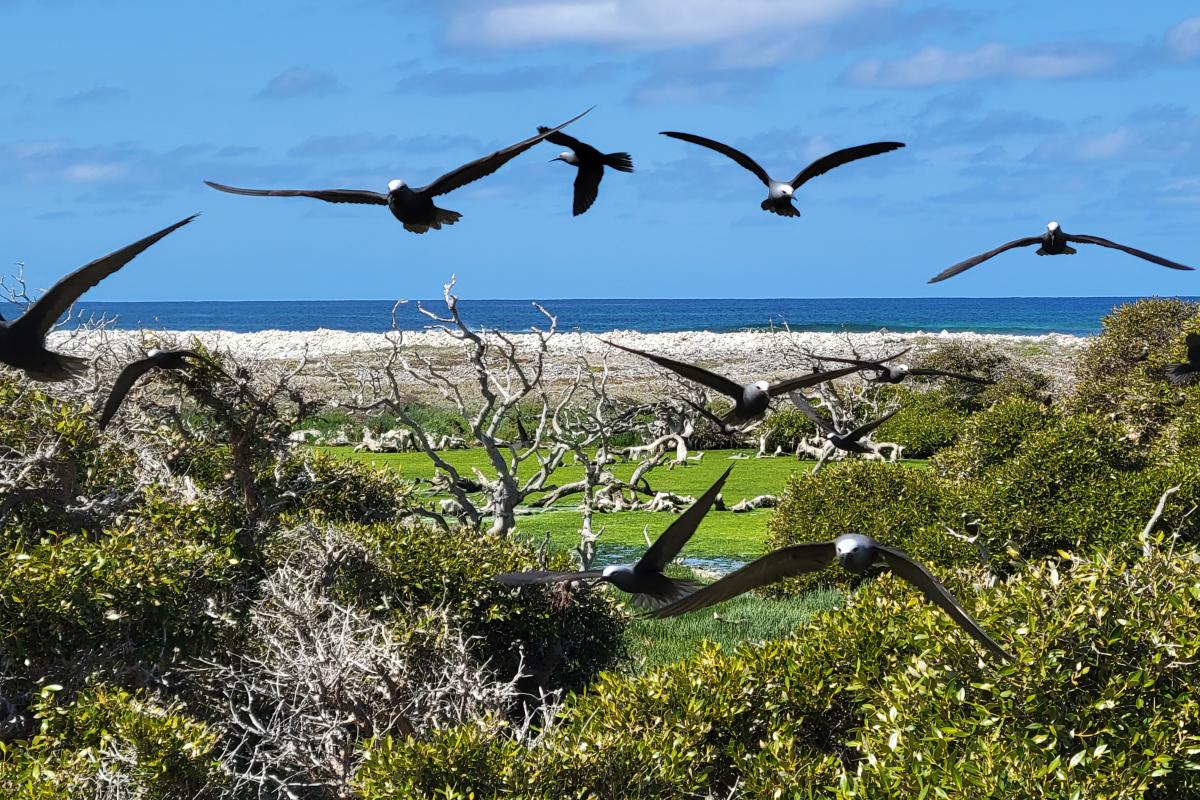
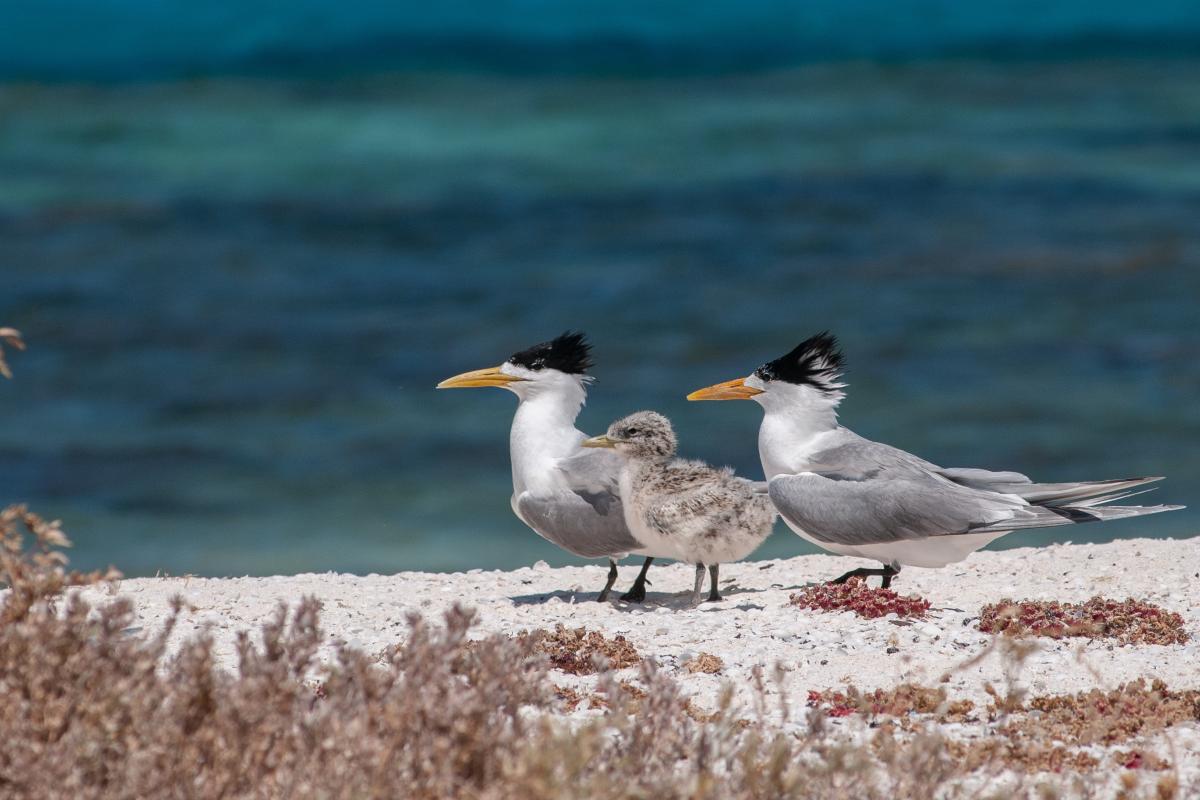
Island Protection
Introduced pests can have a devastating effect on the flora and fauna and are the single greatest threat to island environments. If you are planning a visit, you can help to protect the national park’s amazing inhabitants and biodiversity with a few easy steps.
Before you leave home:
- Check out the Houtman Abrolhos island protection video and island protection brochure.
- Make sure your shoes, clothes, vessels and gear are free of soil, weed seeds, insects, and other animals such as house mice and Asian house geckos.
- Install and maintain rodent bait stations on your boat.
- Pack your food in clean, sealed plastic or metal containers rather than cardboard boxes. Cardboard boxes can harbour pest species.
When at the Abrolhos:
- You’ll need to be completely self-sufficient.
- Secure and stow all of your rubbish and take it home with you when you leave.
Help to protect the precious birds of the Abrolhos by not disturbing their natural behaviour
- Stay clear of bird nesting areas. Walk around the perimeter of the islands to avoid disturbing birds and damaging burrows in soft sand. Almost all areas of soft sand will contain the burrows of seabirds. These burrows collapse very easily.
- Keep to existing tracks and move away if birds become agitated by your presence. Avoid visiting bird nesting islands two hours after sunrise and two hours before sunset when the birds are most active.
- Keep 50 metres from bird colonies and occupied nests. Stay quiet and move slowly. Stressed birds desert their nests leaving eggs and chicks unprotected.
- Minimise your use of lights at night, including on boats. These confuse night-flying seabirds, such as shearwaters.
- Kiteboarding near bird colonies can cause birds to startle and desert their nests. Be aware of the birds behaviour and stay clear of colonies.
- Sea lions breed and haul out on many islands. Be Seal Wise and keep your distance from them, particularly if pups are present.
Discover Batavia
Download the free Batavia 1629: National Heritage Listed Place Guide to learn about the fascinating history and archaeology of the Dutch East India Company ship, Batavia, which wrecked in the Houtman Abrolhos Islands in 1629.
The e-book uses photos, 3D models, animations, audiovisual content, and interactive timelines to tell the story of Batavia’s first and final voyage, and the aftermath of mutiny and massacre, alongside a comprehensive behind-the-scenes look at the WA Museum’s fieldwork and research conducted over the last 50 years.
Park feature articles
Read the LANDSCOPE article about Houtman Abrolhos Islands National Park.
Activities
Camping is not permitted.
 Boating
Boating
 Fishing
Fishing
Fishing in the islands
 Scuba diving
Scuba diving
 Snorkelling
Snorkelling
 Swimming
Swimming
Plants, wildlife and fungi
Visit the Atlas of Living Australia for a list of species recorded in Houtman Abrolhos Islands National Park.
Traditional Owners
We recognise and acknowledge Aboriginal people as the Traditional Owners of Houtman Abrolhos Islands National Park.
